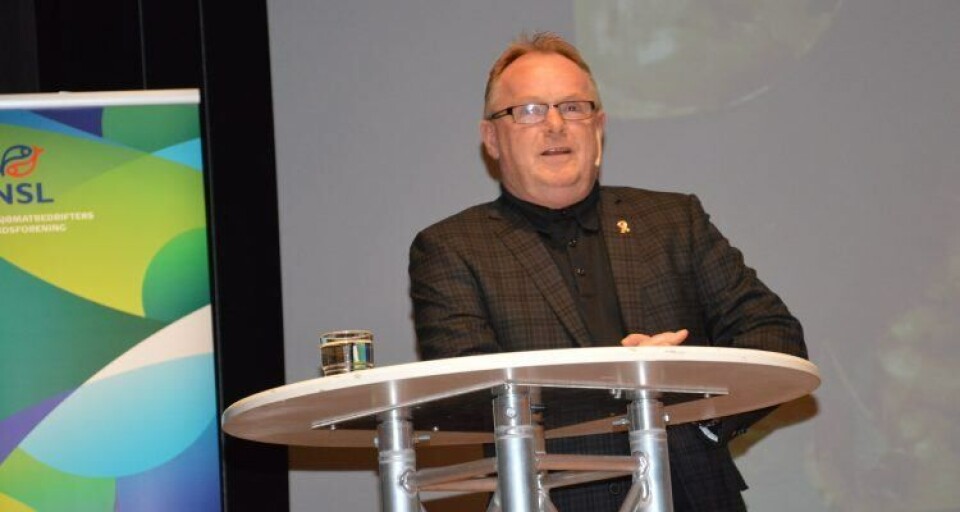
Norwegian scope for growth unveiled
Norwegian farmers in regions with the lowest lice levels will be offered the possibility to increase production this year, while no decreases in production for the poorest performing areas will be enforced until 2019 at the earliest.
The new rules were outlined by Fisheries Minister Per Sandberg at the “Sjømatdagene” conference in Trondheim today. He explained that, under the new system, the coast will be divided into 13 zones, each of which will be classified as either green (allowing more production), amber (putting a freeze on production levels) and red (a production decrease will, as of 2019, be enforced).
The system will take effect on October 1st, and it is planned that the first capacity adjustment will take place before the end of the year. However, the exact lice levels that correspond to each traffic light colour have yet to be set.
Each area’s classification will be decided by statistical models on the environment and sea lice which are currently being developed by Norway’s Institute of Marine Research (IMR), and Sandberg assured the audience these models will be fit for purpose.
“I can assure everyone that scientists are now working hard to ensure that the models will be as good as possible when the new system comes into force in October 2017,” he said.
The first test run of the system is, according Sandberg, not far from completion, while another will be carried out this summer.
“However, there will be little time between test runs and the first capacity adjustment. The aquaculture industry will therefore not have time to implement the necessary adjustments in areas that can have a poor environmental status. I have therefore concluded that we should not implement downgrades of permits…until 2019,” he said.
“These are major changes for many. I know that. But as I see it, it will be difficult to achieve sustainable growth in the years to come, unless we make changes both in the administration and in industry,” Sandberg added.
He stressed that the new system will ensure that growth occurs where the environmental situation permits – a goal that will help the reputation of the industry.
“But it is as much about the reputation of the Norwegian seafood industry. Creating and maintaining the good reputation is also an important prerequisite for future growth. For there is little point in increasing production if we do not have markets that can take the fish we produce,” he reflected.
“The flexibility offered gives industry an opportunity – and I emphasize a possibility, it is up to industry to take it – to more quickly adapt to the environmental carrying capacity of the individual production area. But it also means that growth potential will be less in some areas,” he pointed out.





















































